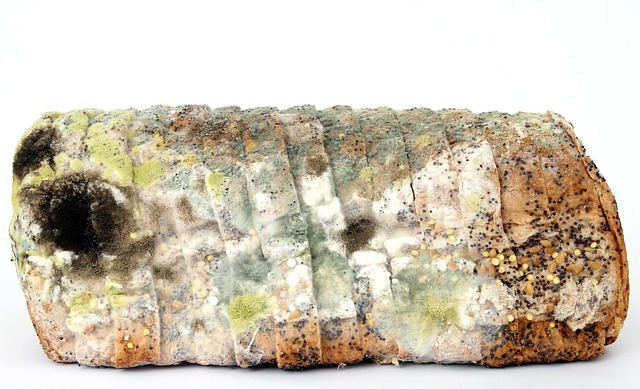San Antonio's humid climate fosters attic mold growth, undetected until severe. Regular inspections during warmer months are crucial to identify subtle signs like musty odors or insulation discoloration. Air quality testing using specialized tools detects and quantifies mold spores for precise remediation strategies. Prompt action involves improving ventilation, repairing leaks, using dehumidifiers, and regular cleaning to control humidity levels and prevent health issues.
In the humid San Antonio climate, understanding attic mold problems is crucial for maintaining a healthy home environment. This article delves into essential aspects of mold inspection and air quality testing, tools, and methods used to detect and address attic mold effectively. By exploring these strategies, homeowners can ensure better indoor air quality and prevent potential health risks associated with mold growth in their San Antonio residences.
- Understanding Attic Mold in Humid San Antonio Weather
- Air Quality Testing: Tools and Methods for Detection
- Addressing Mold Problems for Better Home Air Quality
Understanding Attic Mold in Humid San Antonio Weather

San Antonio’s humid climate creates a fertile ground for attic mold growth, a problem that often goes unnoticed until it becomes severe. High humidity levels provide the perfect conditions for mold spores to proliferate, especially in unventilated or poorly maintained attics. This is particularly concerning as attics serve as the protective barrier above our living spaces, and any existing mold can lead to contaminated indoor air quality.
The subtle signs of attic mold—musty odors, visible discoloration on insulation, or structural damage—can be early indicators of a larger issue. Homeowners in San Antonio should be vigilant about regular inspections, especially during the warmer months when moisture levels peak. Promptly addressing attic mold problems is crucial to maintaining a healthy living environment and preventing further damage to both the structure and the well-being of its occupants.
Air Quality Testing: Tools and Methods for Detection

In addressing attic mold problems prevalent in the humid San Antonio climate, air quality testing plays a pivotal role. This involves utilizing specialized tools and methods to accurately detect and quantify airborne contaminants, including mold spores. Professionals employ hand-held instruments such as air samplers and mass spectrometers that can identify and measure the concentration of various pollutants.
Air sampling typically involves collecting air from different locations in the attic or affected areas using a pump attached to filters or a collection media. These samples are then analyzed in laboratories, where advanced techniques like culturing and molecular analysis help in identifying specific mold species and their levels in the air. This data provides crucial insights into the extent of contamination, enabling informed decisions for effective remediation strategies tailored to the unique challenges posed by the humid San Antonio environment.
Addressing Mold Problems for Better Home Air Quality

Addressing mold problems is crucial for maintaining healthy home air quality, especially in humid cities like San Antonio where attic mold issues are prevalent. The warm, moist conditions create a fertile environment for mold growth, which can lead to a range of health issues for residents. Regular inspections and air quality testing are essential steps in identifying and mitigating these problems.
By promptly addressing attic mold issues, homeowners can ensure better indoor air quality. This involves implementing measures such as improving ventilation, repairing leaks, and using dehumidifiers to control humidity levels. Regular cleaning and maintenance, combined with professional air quality testing, help create a healthier living environment, preventing the spread of mold spores that can trigger allergies, respiratory issues, and other health problems.
In the humid San Antonio climate, understanding attic mold problems is essential for maintaining optimal home air quality. Through effective air quality testing using advanced tools and methods, homeowners can detect even subtle signs of mold growth. Addressing these issues promptly not only enhances indoor environmental conditions but also prevents potential health risks associated with mold exposure. By staying proactive in mold inspection and implementing necessary remediation measures, San Antonio residents can ensure a healthier, more comfortable living space for their families.
